Galardonados de Brasil y Mozambique recibirán el Premio UNESCO de Educación de las Niñas y las Mujeres 2021
Este año se otorgará el Premio UNESCO de Educación de las Niñas y Mujeres a un proyecto que capacita a mujeres y niñas subrepresentadas y de bajos ingresos para cerrar la brecha de género en el sector tecnológico de Brasil, y otro que empodera a las adolescentes y mujeres jóvenes en Mozambique a través de modelos a seguir y círculos de hermandad. durante una ceremonia en línea el 15 de octubre de 2021. Los galardonados fueron seleccionados por el Director General de la UNESCO, por recomendación de un jurado internacional, entre más de 70 nominaciones presentadas por Estados Miembros de la UNESCO y organizaciones no gubernamentales en asociación oficial con la UNESCO. Cada uno de los galardonados recibirá 50.000 dólares estadounidenses para ayudar a promover su trabajo en la promoción de la educación de las niñas y las mujeres.
REPROGRAMA de Brasil, es premiada por su proyecto, Reprogramación del Sector de Tecnología de Brasil , que está trabajando para cerrar la brecha de género en el sector de tecnología de Brasil a través de la provisión de capacitación a miles de mujeres y niñas subrepresentadas y de bajos ingresos en codificación y otros en demanda. habilidades digitales.
El proyecto se centra en dotar a las mujeres y las niñas de los conocimientos de programación, las habilidades y la confianza que necesitan para la fuerza laboral de hoy y de mañana, al mismo tiempo que las empodera para hablar y ser escuchadas en un sector tradicionalmente dominado por hombres, así como en su vida cotidiana. En la actualidad, ha llegado a más de 10,000 mujeres y niñas a través de sus bootcamps y eventos técnicos de programación presencial y en línea de 18 semanas.
Girl MOVE Academy of Mozambique , es reconocida por su proyecto, Desbloqueando la educación y las oportunidades de las niñas a través de nuevos modelos de referencia , que empodera a las adolescentes y mujeres jóvenes para que tengan un acceso justo a la educación a través de tutorías, narraciones, círculos de hermandad y un modelo único de apoyo intergeneracional.
El proyecto enfatiza el liderazgo y las redes sociales para abordar las normas y estereotipos de género nocivos que impiden que las niñas y mujeres alcancen su máximo potencial. Reconocido tanto por su modelo innovador como por su rápida adaptación a la pandemia de COVID-19 utilizando tecnologías de bajo costo, el proyecto se está ampliando a través de asociaciones con universidades nacionales y otras organizaciones locales. Ahora ha empoderado a más de 5.000 niñas y mujeres jóvenes para que participen activamente en la educación y la sociedad.
La UNESCO celebrará a los galardonados en 2021 en una ceremonia de premiación en línea el viernes 15 de octubre con la participación del Profesor Peng Liyuan, Primera Dama de la República Popular de China y Enviada Especial de la UNESCO para el Avance de la Educación de las Niñas y las Mujeres, y Audrey Azoulay, Directora -General de la UNESCO.
Celebrada como parte de la celebración de la UNESCO del Día Internacional de la Niña 2021 , la ceremonia formal de premiación será seguida por el lanzamiento de un nuevo proyecto de colaboración China-África sobre ‘Promoción de la educación sanitaria escolar para niñas en África en la era COVID’, financiado por Universidad de Pekín y un panel de discusión con cuatro galardonados y su trabajo para promover la educación, la salud, la protección y los derechos de las niñas durante el cierre de escuelas COVID-19.
Establecido en 2015 por la Junta Ejecutiva de la UNESCO y financiado por el Gobierno de la República Popular de China, el Premio UNESCO de Educación de las Niñas y las Mujeres contribuye directamente al logro de los Objetivos de Desarrollo Sostenible 4 y 5 relativos, respectivamente, a la educación y la igualdad de género. . Los galardonados del año pasado fueron la Fundación Shilpa Sayura de Sri Lanka y la Girl Child Network de Kenia.
Fuente de la Información: https://en.unesco.org/news/laureates-brazil-and-mozambique-receive-2021-unesco-prize-girls-and-womens-education

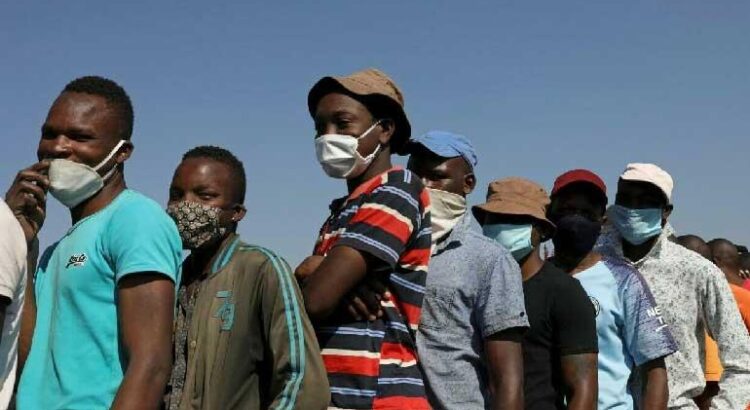
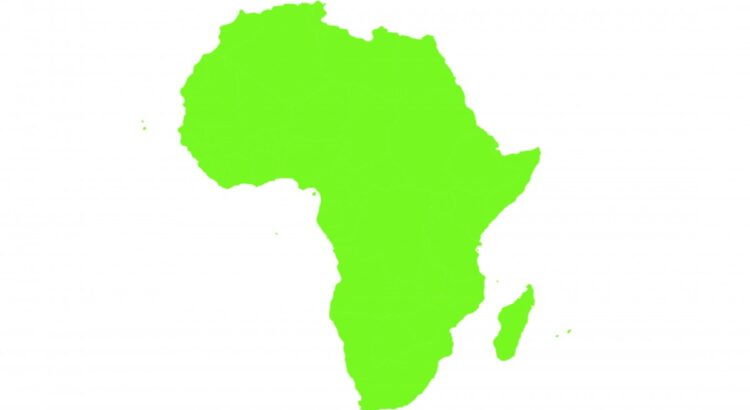
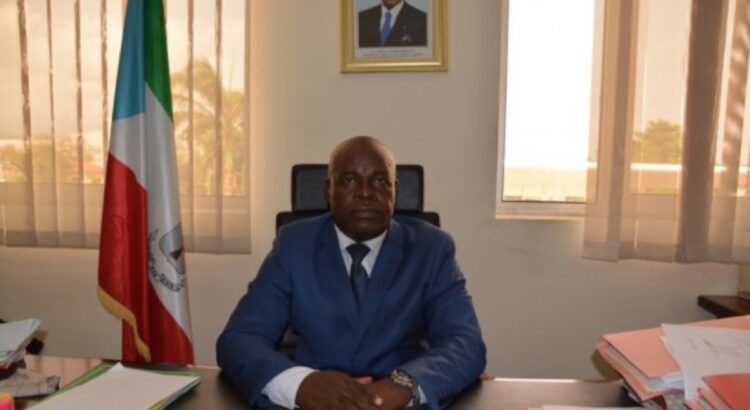
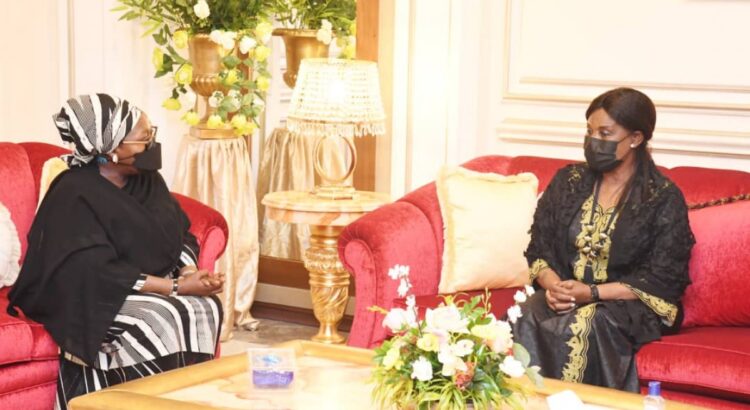
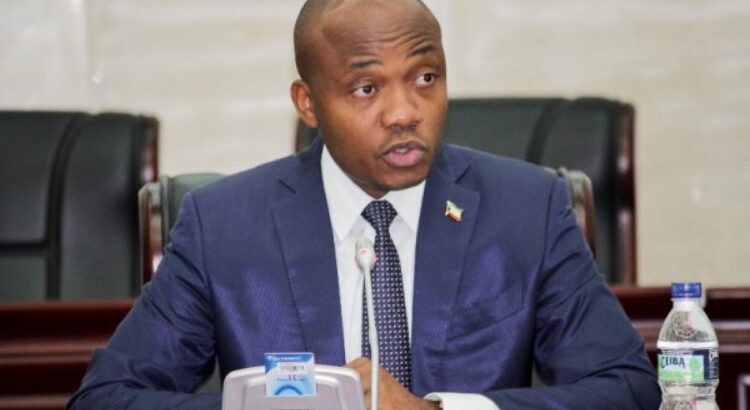
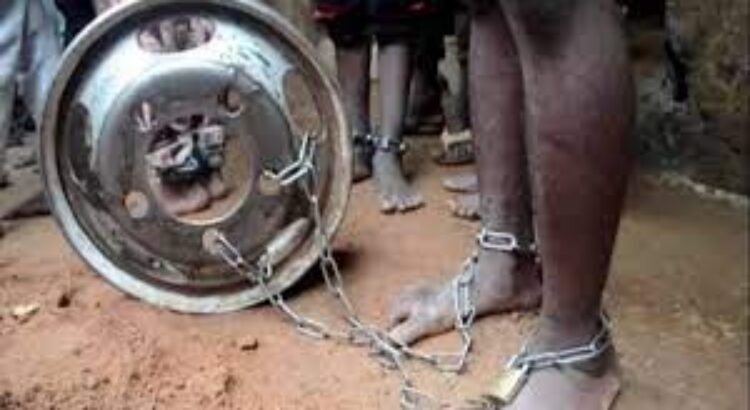







 Users Today : 22
Users Today : 22 Total Users : 35460375
Total Users : 35460375 Views Today : 30
Views Today : 30 Total views : 3419130
Total views : 3419130